Home>Gardening & Outdoor>Landscaping Ideas>How Often To Replace Artificial Grass
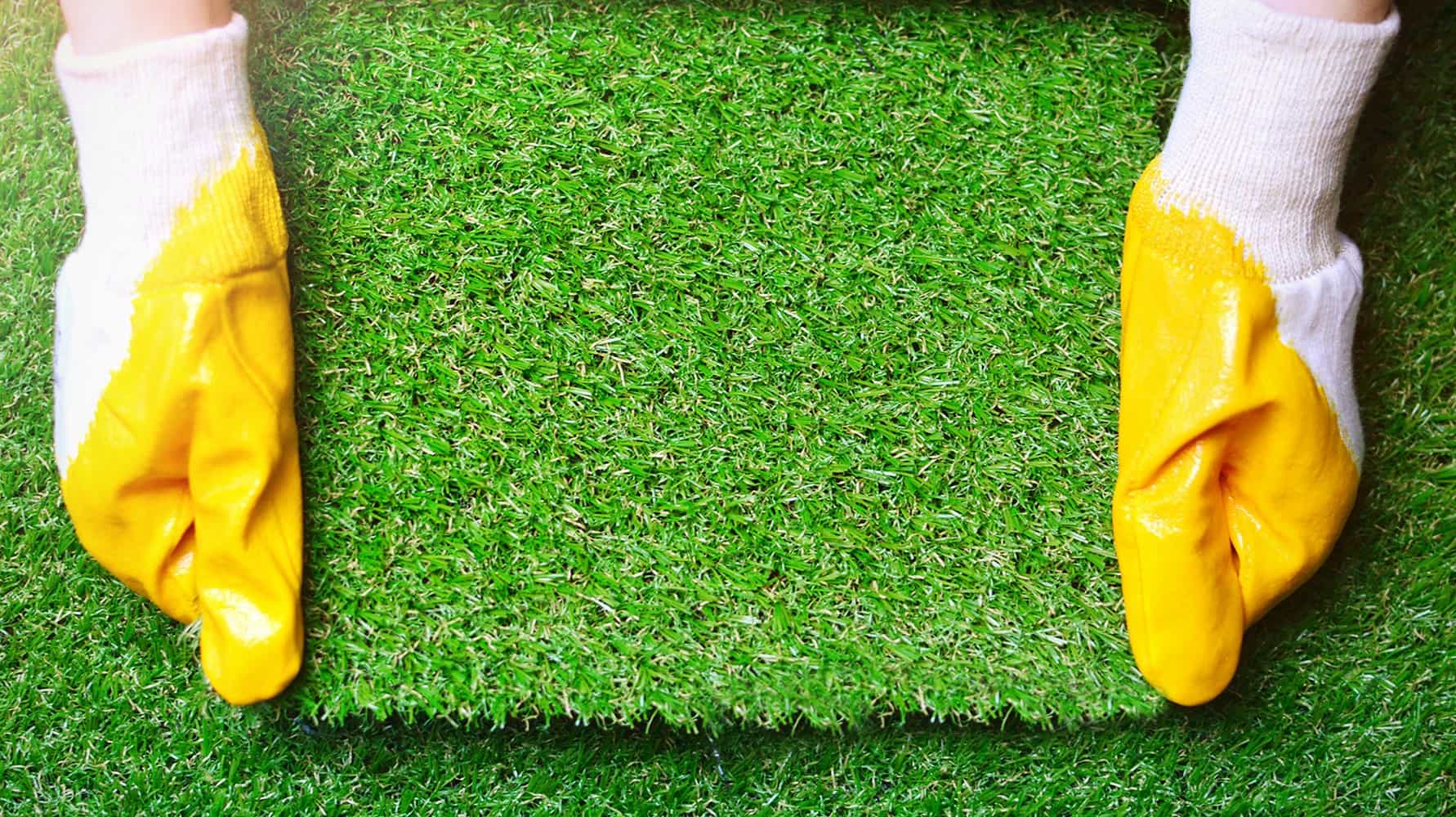

Landscaping Ideas
How Often To Replace Artificial Grass
Published: January 24, 2024
Learn about the best landscaping ideas for artificial grass and find out how often to replace it for a beautiful and low-maintenance yard.
(Many of the links in this article redirect to a specific reviewed product. Your purchase of these products through affiliate links helps to generate commission for Storables.com, at no extra cost. Learn more)
Introduction
Artificial grass has become a popular choice for homeowners and businesses seeking a low-maintenance alternative to natural grass. Its durability and aesthetic appeal make it a desirable option for landscaping. However, like any outdoor surface, artificial grass is subject to wear and tear over time. Understanding when and how often to replace artificial grass is essential for maintaining a vibrant and functional outdoor space.
In this comprehensive guide, we will explore the various factors that can affect the lifespan of artificial grass, identify signs that indicate the need for replacement, and discuss the frequency at which replacement may be necessary. Whether you are a homeowner, a property manager, or a landscaping enthusiast, this article will provide valuable insights to help you make informed decisions about the upkeep of your artificial grass.
Key Takeaways:
- Artificial grass lifespan is influenced by quality, maintenance, and usage. Regular inspections and proactive care can help property owners make timely decisions about replacement, ensuring vibrant and inviting outdoor spaces.
- Factors like UV exposure, foot traffic, and climate impact artificial grass condition. Engaging with experts and staying attentive to signs of wear can help determine the optimal replacement frequency for long-lasting, visually appealing turf.
Read more: How Often To Do Lawn Care
Factors Affecting Artificial Grass Lifespan
Several factors play a crucial role in determining the lifespan of artificial grass. Understanding these factors can help you assess the condition of your artificial turf and make informed decisions about maintenance and replacement.
- Quality of Materials: The quality of the materials used in the manufacturing of artificial grass significantly impacts its longevity. High-quality synthetic fibers and durable backing materials can contribute to a longer lifespan.
- UV Exposure: Prolonged exposure to ultraviolet (UV) rays can cause fading and deterioration of artificial grass fibers. In regions with intense sunlight, choosing UV-resistant artificial grass can help mitigate this issue.
- Foot Traffic: The frequency and intensity of foot traffic on artificial grass can affect its lifespan. Areas subject to heavy use, such as playgrounds or sports fields, may experience more rapid wear and require earlier replacement.
- Maintenance Practices: Proper maintenance, including regular cleaning, grooming, and addressing any damage promptly, can significantly extend the lifespan of artificial grass. Neglecting maintenance can lead to premature wear and reduce the turf’s longevity.
- Climate and Weather Conditions: Extreme weather conditions, such as heavy rainfall, snow, or fluctuations in temperature, can impact the condition of artificial grass. Additionally, areas prone to high humidity or moisture may be more susceptible to mold and mildew, which can affect the turf’s lifespan.
- Installation Quality: The expertise and precision employed during the installation of artificial grass can influence its durability. Properly installed turf with adequate drainage and a solid base can withstand environmental stressors more effectively.
By considering these factors, you can evaluate the current state of your artificial grass and take proactive measures to maximize its lifespan. In the following sections, we will delve into the signs that indicate the need for artificial grass replacement and the recommended frequency for doing so.
Signs That Artificial Grass Needs Replacement
Recognizing the signs that indicate the need for artificial grass replacement is essential for preserving the aesthetics and functionality of outdoor spaces. While artificial turf is designed to be durable, it is not immune to wear and damage over time. Here are some key indicators that may signal the need for replacement:
- Visible Wear and Tear: Over time, artificial grass may exhibit signs of wear, such as matting, fraying, or thinning of the fibers. These visible changes can detract from the turf’s appearance and indicate the need for replacement.
- Permanent Stains or Discoloration: Stubborn stains or discoloration that cannot be effectively removed through cleaning may warrant the replacement of the affected areas or the entire turf, particularly if the aesthetic appeal is compromised.
- Deterioration of Backing Material: The backing material of artificial grass, which provides stability and support for the fibers, may deteriorate over time, leading to structural issues. If the backing shows signs of significant damage or weakness, replacement may be necessary.
- Compromised Drainage: Proper drainage is crucial for artificial grass to withstand moisture and prevent the accumulation of water. If the drainage system becomes ineffective due to blockages, damage, or wear, it can result in water pooling and potential damage to the turf, signaling the need for replacement.
- Irreparable Damage: Severe damage from sharp objects, burns, or other external factors that cannot be adequately repaired may necessitate the replacement of the affected areas or the entire turf to maintain a uniform and functional surface.
Regular inspections of your artificial grass can help you identify these signs early on, allowing you to address potential issues and plan for replacement when necessary. In the next section, we will explore the recommended frequency for replacing artificial grass to ensure optimal performance and aesthetics.
It is recommended to replace artificial grass every 8-10 years to maintain its appearance and functionality. However, high-traffic areas may require more frequent replacement.
Frequency of Artificial Grass Replacement
Determining the ideal frequency for replacing artificial grass depends on various factors, including the quality of the turf, maintenance practices, and the extent of wear and damage. While artificial grass is designed to be long-lasting, it is not immune to the effects of time and environmental factors. Understanding the following considerations can help you establish a suitable replacement schedule:
- Quality and Durability: High-quality artificial grass with superior durability and UV resistance is likely to have a longer lifespan, potentially requiring replacement less frequently than lower-quality alternatives.
- Maintenance and Care: Regular maintenance, such as brushing, cleaning, and addressing minor damage promptly, can extend the lifespan of artificial grass. Diligent care may delay the need for replacement by preserving the turf’s condition.
- Usage and Traffic: Areas subject to heavy foot traffic or intense use, such as sports fields or play areas, may experience accelerated wear and require more frequent replacement to ensure safety and optimal performance.
- Environmental Factors: Climate, weather conditions, and exposure to elements can impact the longevity of artificial grass. Regions with extreme weather or intense sunlight may necessitate more frequent replacement to combat fading and deterioration.
It is important to conduct regular assessments of your artificial grass to evaluate its condition and determine whether replacement is warranted. Additionally, engaging with professional landscapers or turf experts can provide valuable insights into the optimal replacement frequency based on the specific characteristics of your turf and the surrounding environment.
While there is no one-size-fits-all answer to how often artificial grass should be replaced, a proactive approach to monitoring its condition and addressing signs of wear and damage can help you make timely decisions regarding maintenance and replacement. By considering the factors mentioned above and staying attuned to the state of your artificial grass, you can ensure that your outdoor space maintains its visual appeal and functionality over the long term.
With a thorough understanding of the factors influencing artificial grass lifespan and the signs that indicate the need for replacement, you are equipped to make informed decisions about maintaining and replacing your artificial turf as needed. By staying proactive and attentive to the condition of your artificial grass, you can ensure that your outdoor space remains vibrant, resilient, and visually appealing for years to come.
Conclusion
Artificial grass serves as a versatile and low-maintenance solution for creating lush, green outdoor spaces. However, its longevity and performance are influenced by various factors, including the quality of materials, maintenance practices, and environmental conditions. By recognizing the signs that indicate the need for replacement and understanding the considerations that impact the frequency of replacement, property owners and landscaping enthusiasts can effectively manage the upkeep of their artificial turf.
Regular inspections, proactive maintenance, and prompt attention to signs of wear and damage are essential for preserving the aesthetics and functionality of artificial grass. Whether it’s addressing visible wear and tear, discoloration, or compromised drainage, staying attentive to the condition of the turf can help property owners make timely decisions about maintenance and replacement.
While there is no fixed timeline for replacing artificial grass, factors such as quality, maintenance, usage, and environmental influences play a significant role in determining the optimal replacement frequency. Engaging with experienced landscapers and turf experts can provide valuable guidance in assessing the condition of artificial grass and establishing a suitable replacement schedule tailored to specific needs and conditions.
By staying informed about the factors affecting artificial grass lifespan and the indicators that signal the need for replacement, property owners and facility managers can ensure that their outdoor spaces maintain a vibrant and inviting appearance. With proactive care and attention, artificial grass can continue to enhance landscapes and outdoor areas for years to come, providing a durable and visually appealing alternative to natural grass.
Armed with the knowledge and insights provided in this guide, individuals can confidently navigate the maintenance and replacement of artificial grass, preserving the beauty and functionality of their outdoor environments while maximizing the lifespan and performance of their turf.
Frequently Asked Questions about How Often To Replace Artificial Grass
Was this page helpful?
At Storables.com, we guarantee accurate and reliable information. Our content, validated by Expert Board Contributors, is crafted following stringent Editorial Policies. We're committed to providing you with well-researched, expert-backed insights for all your informational needs.
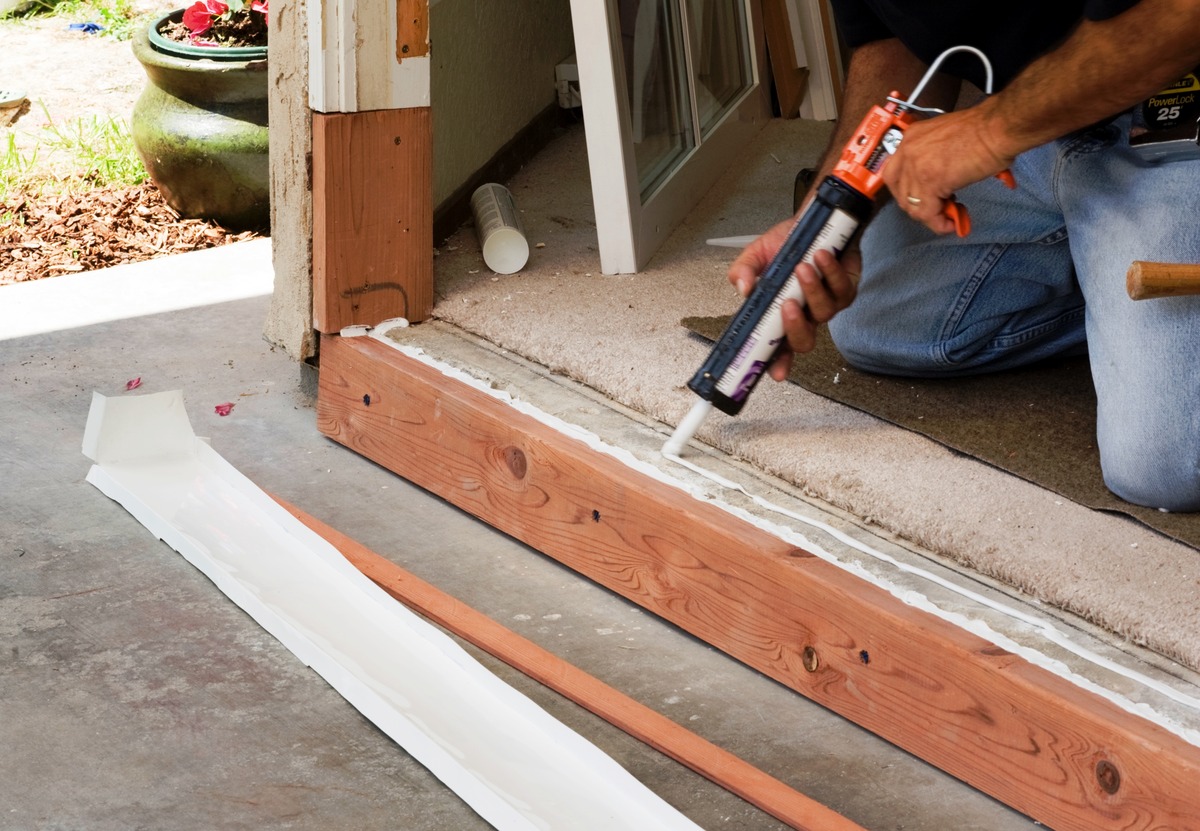

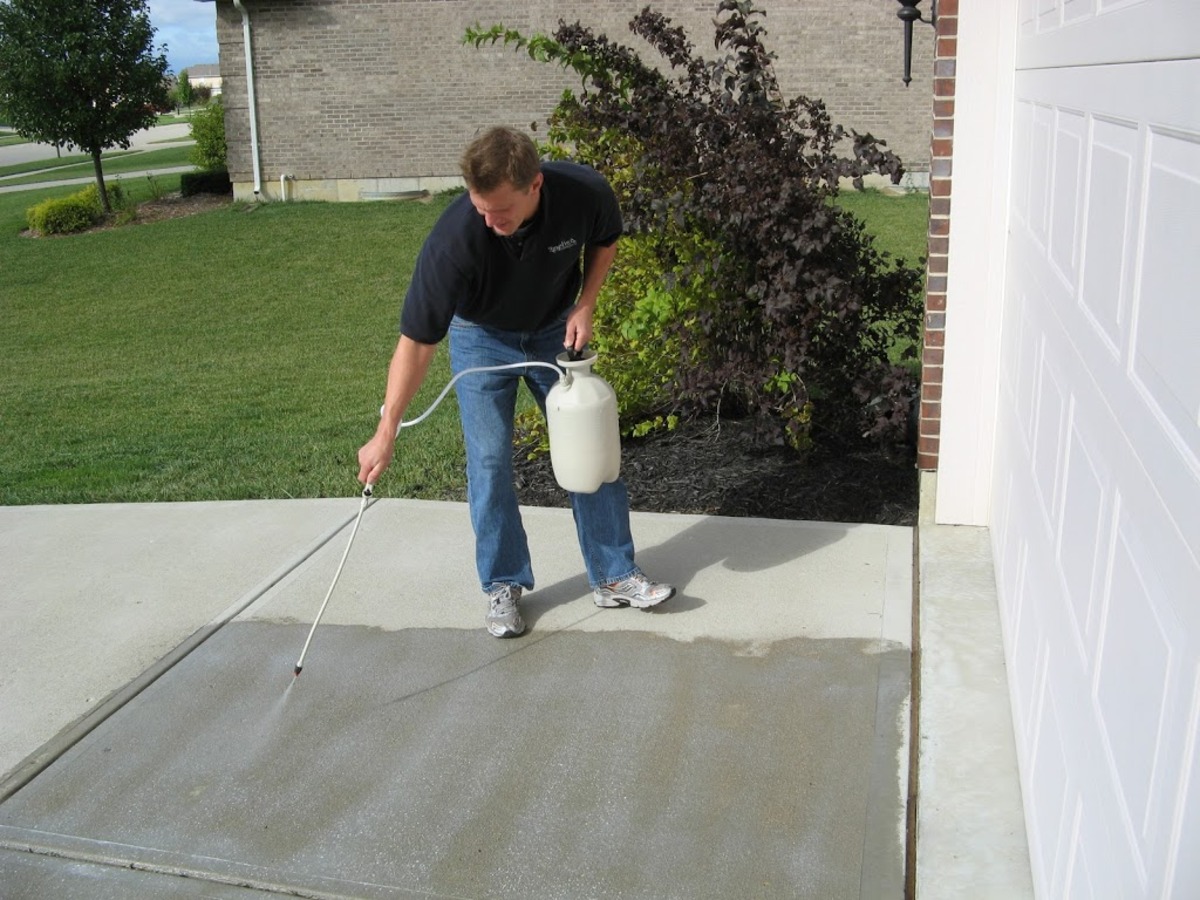
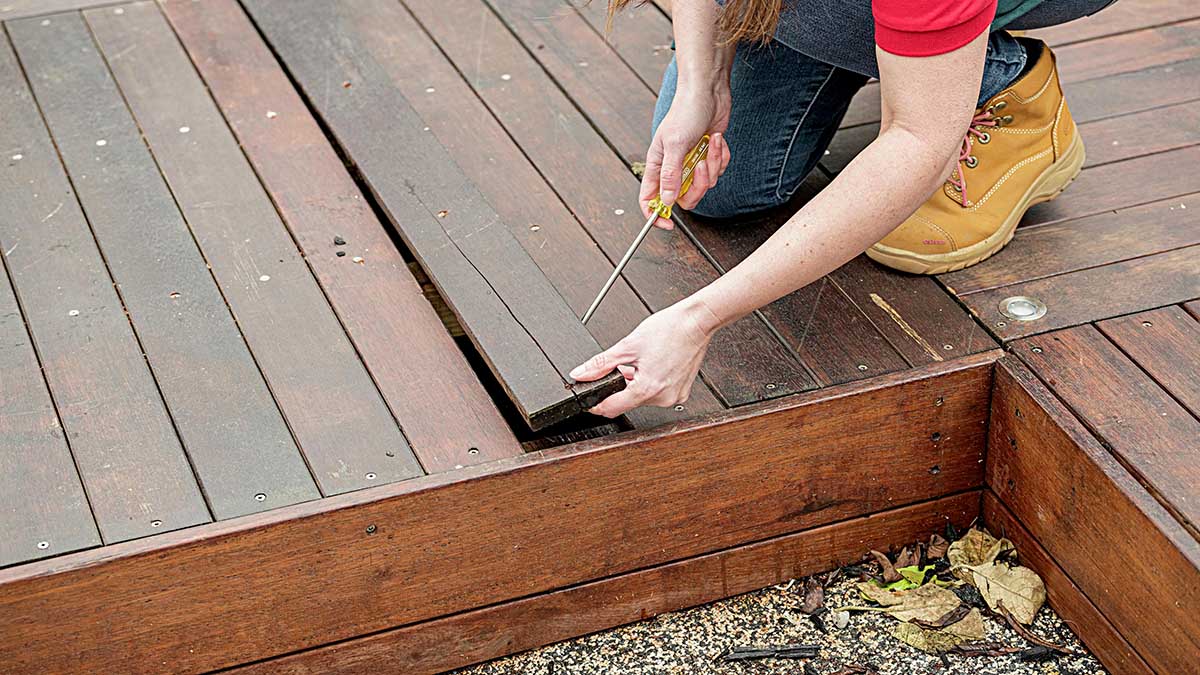
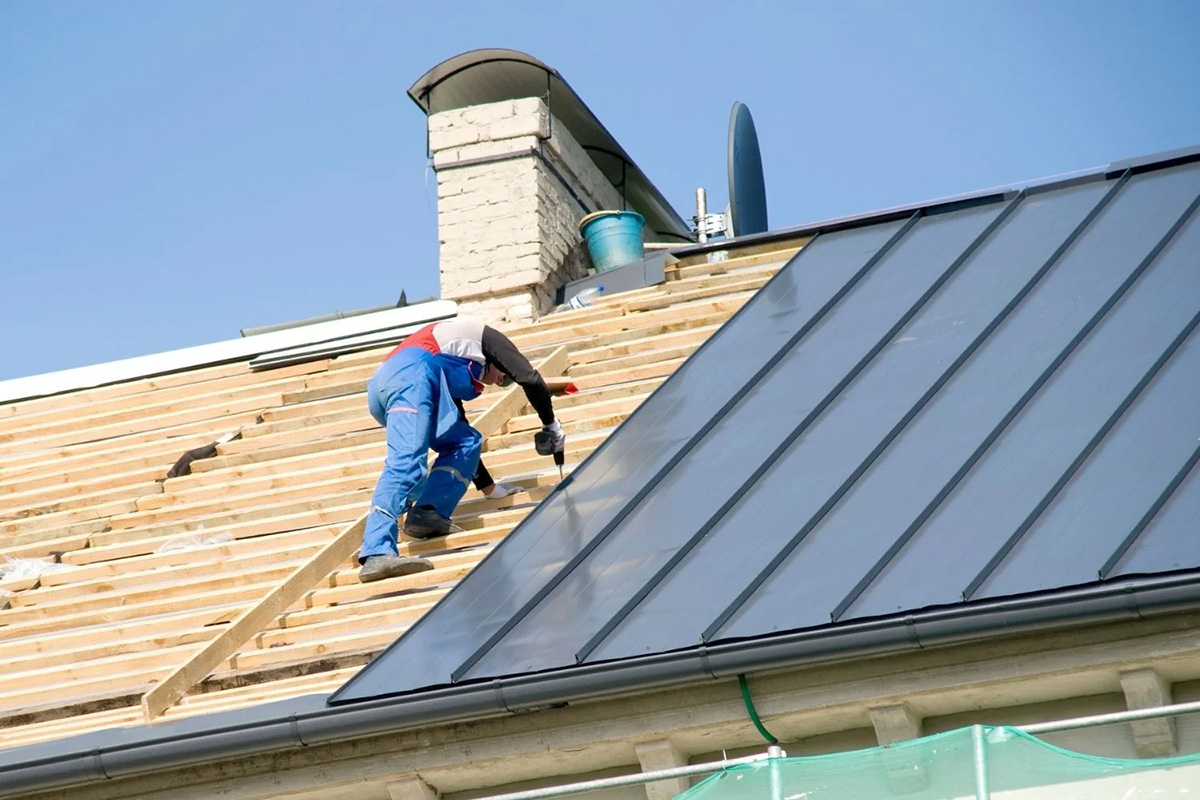
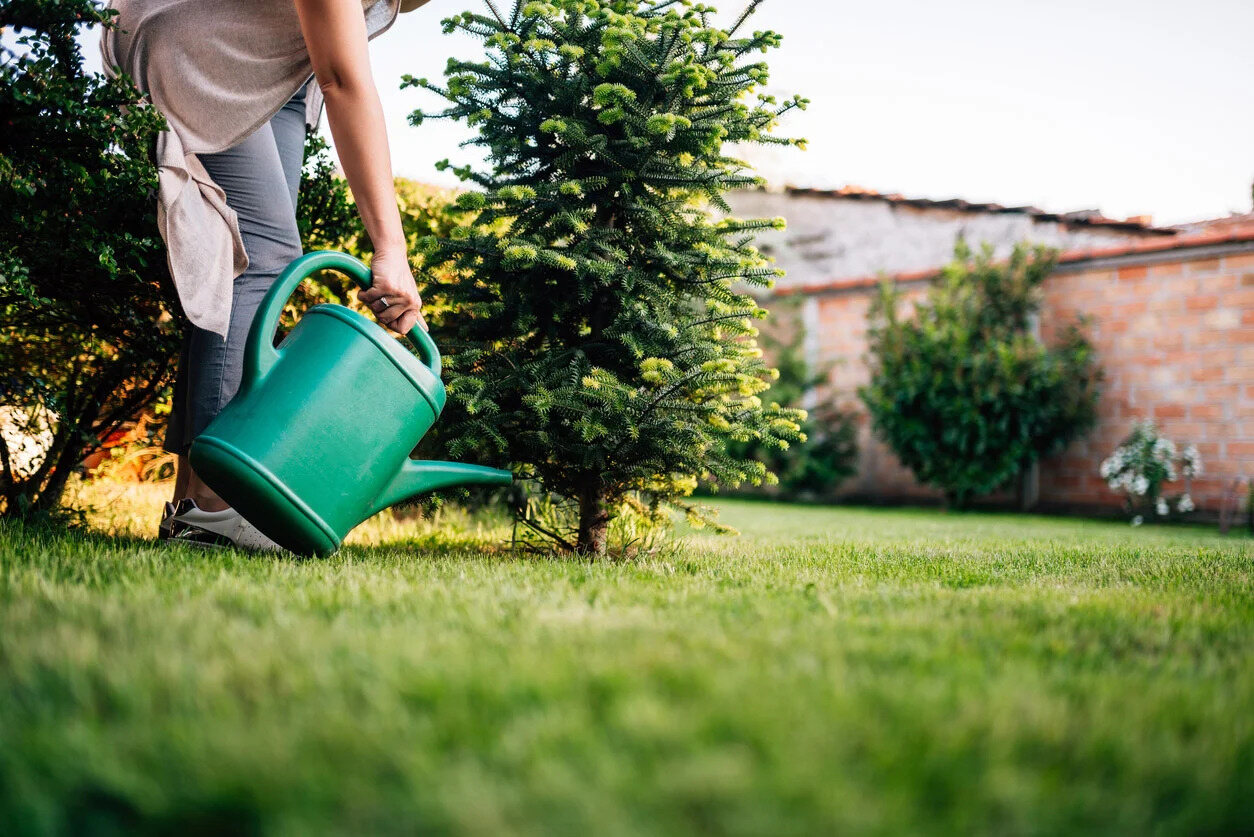
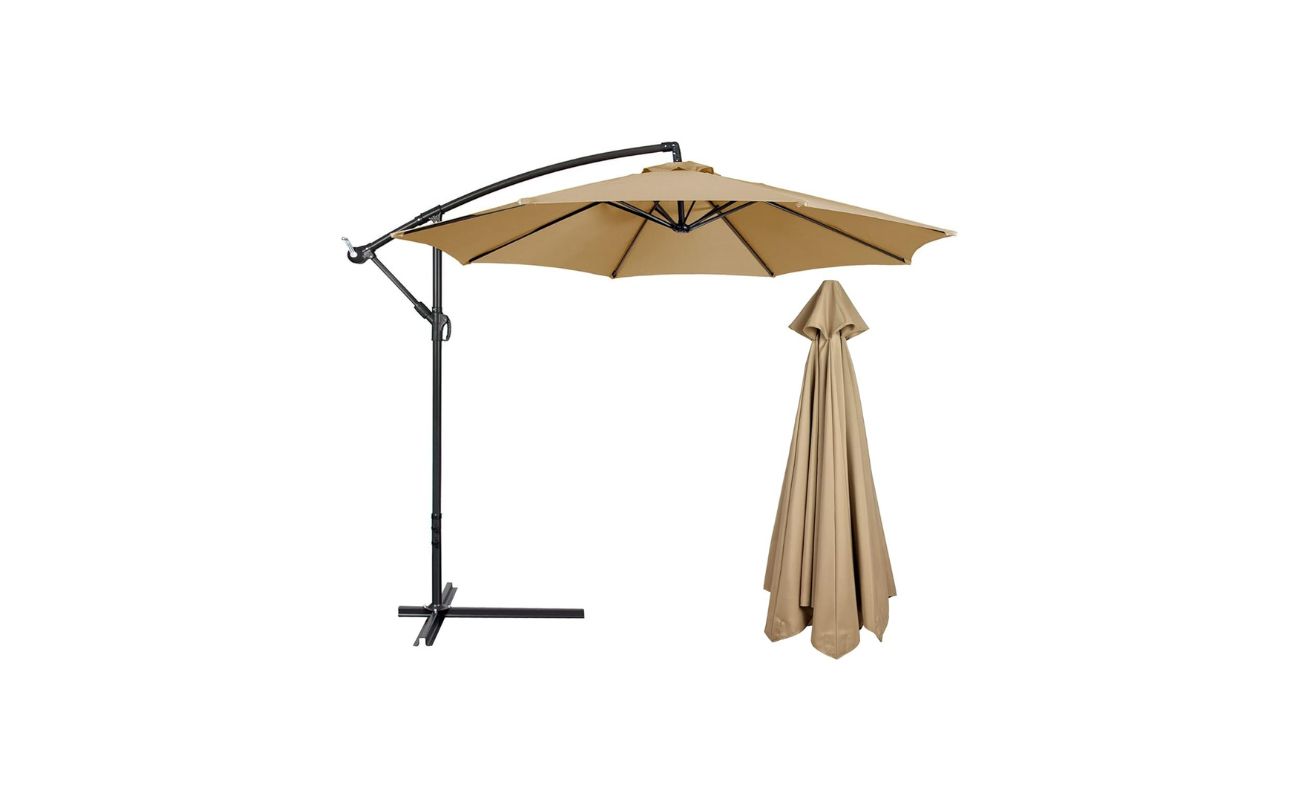
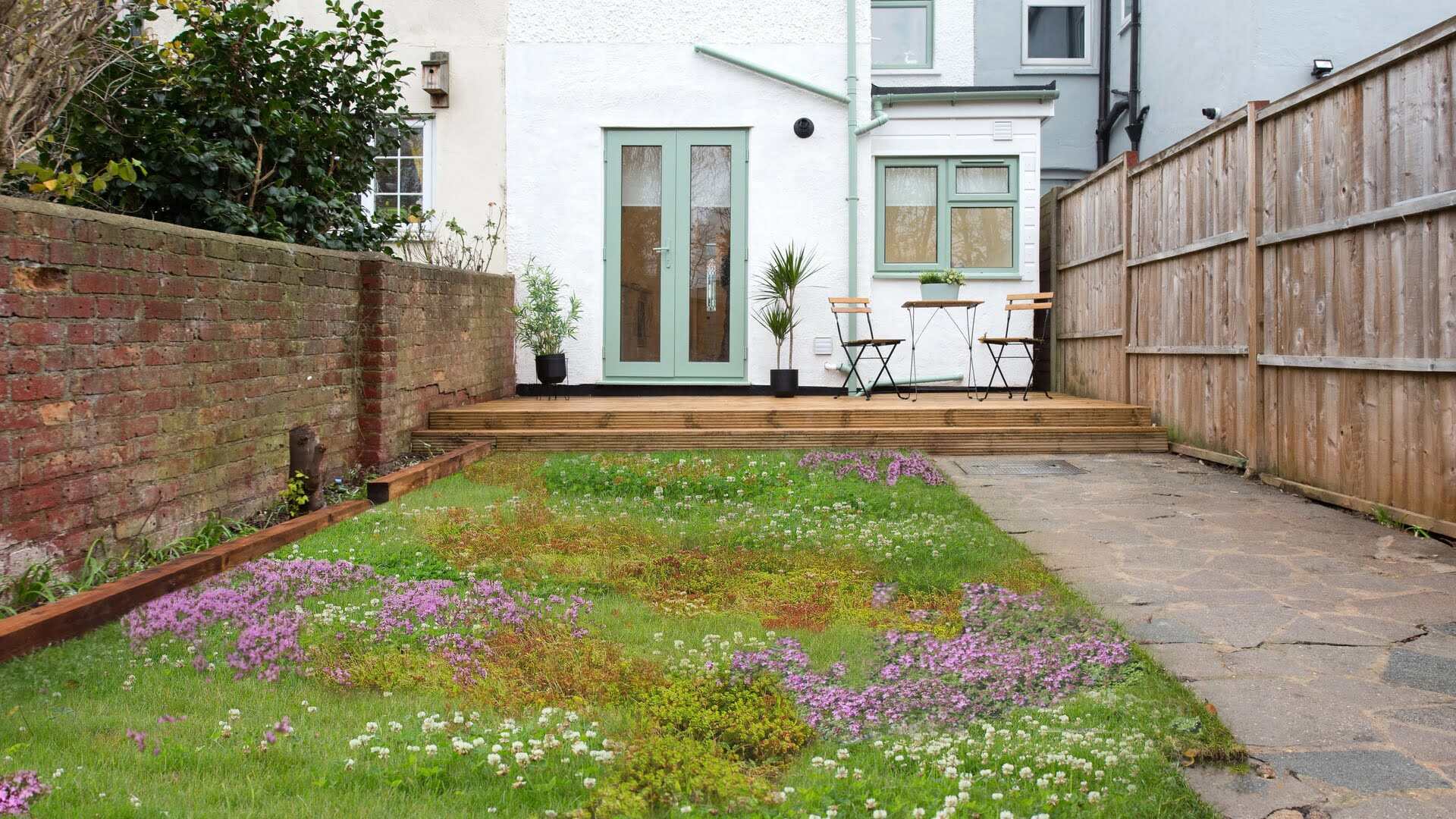
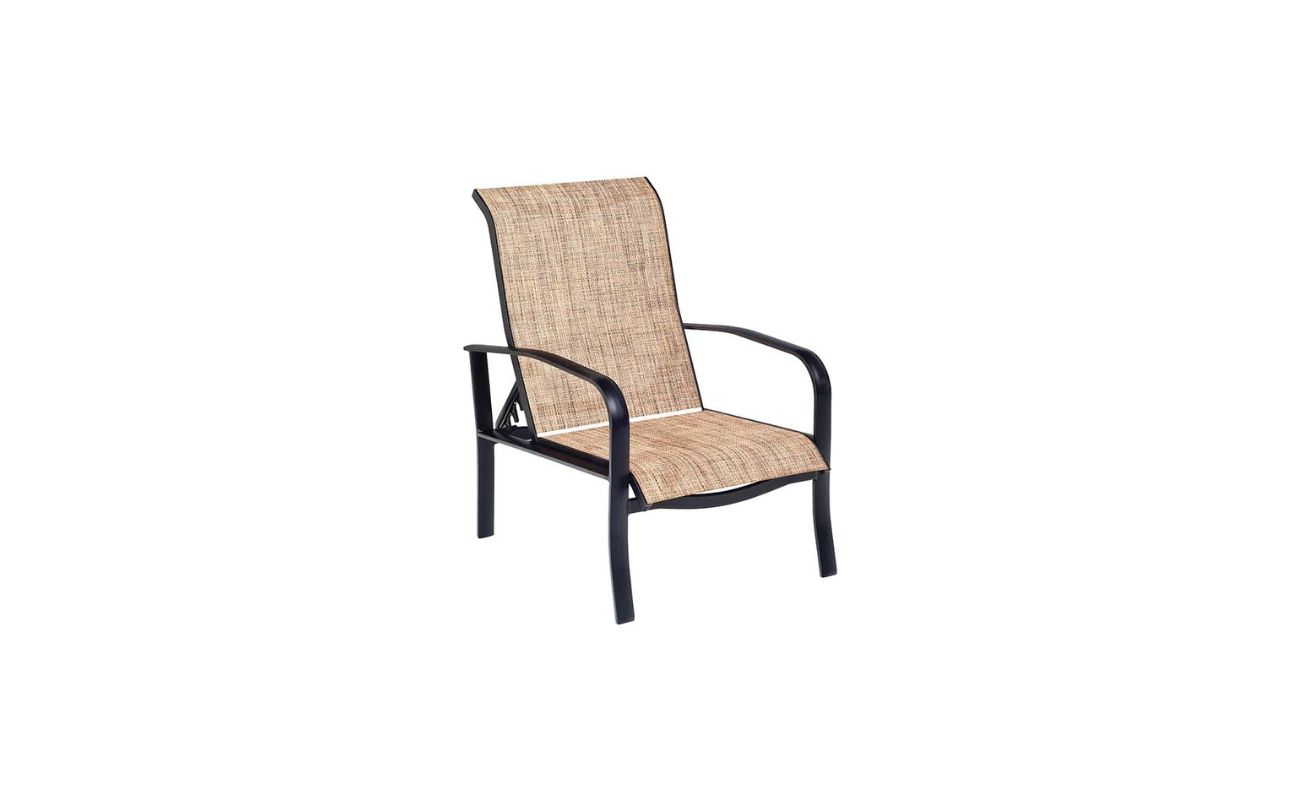

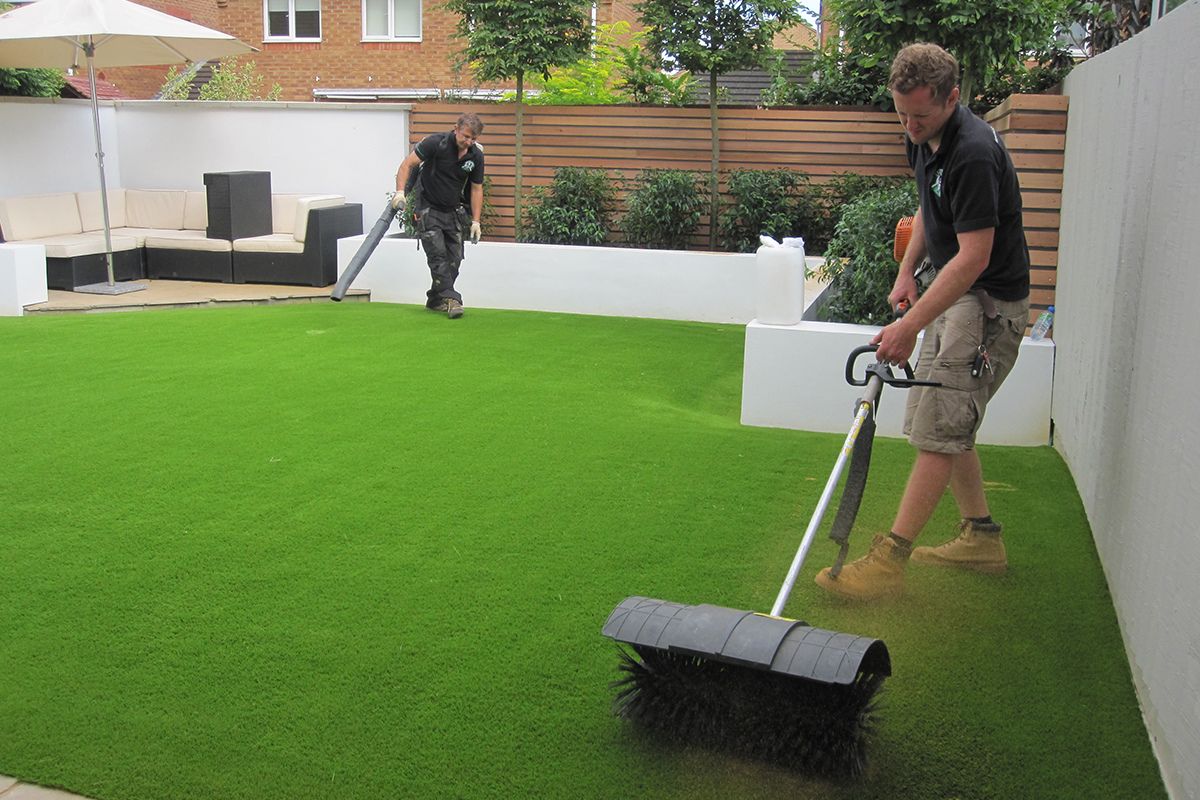
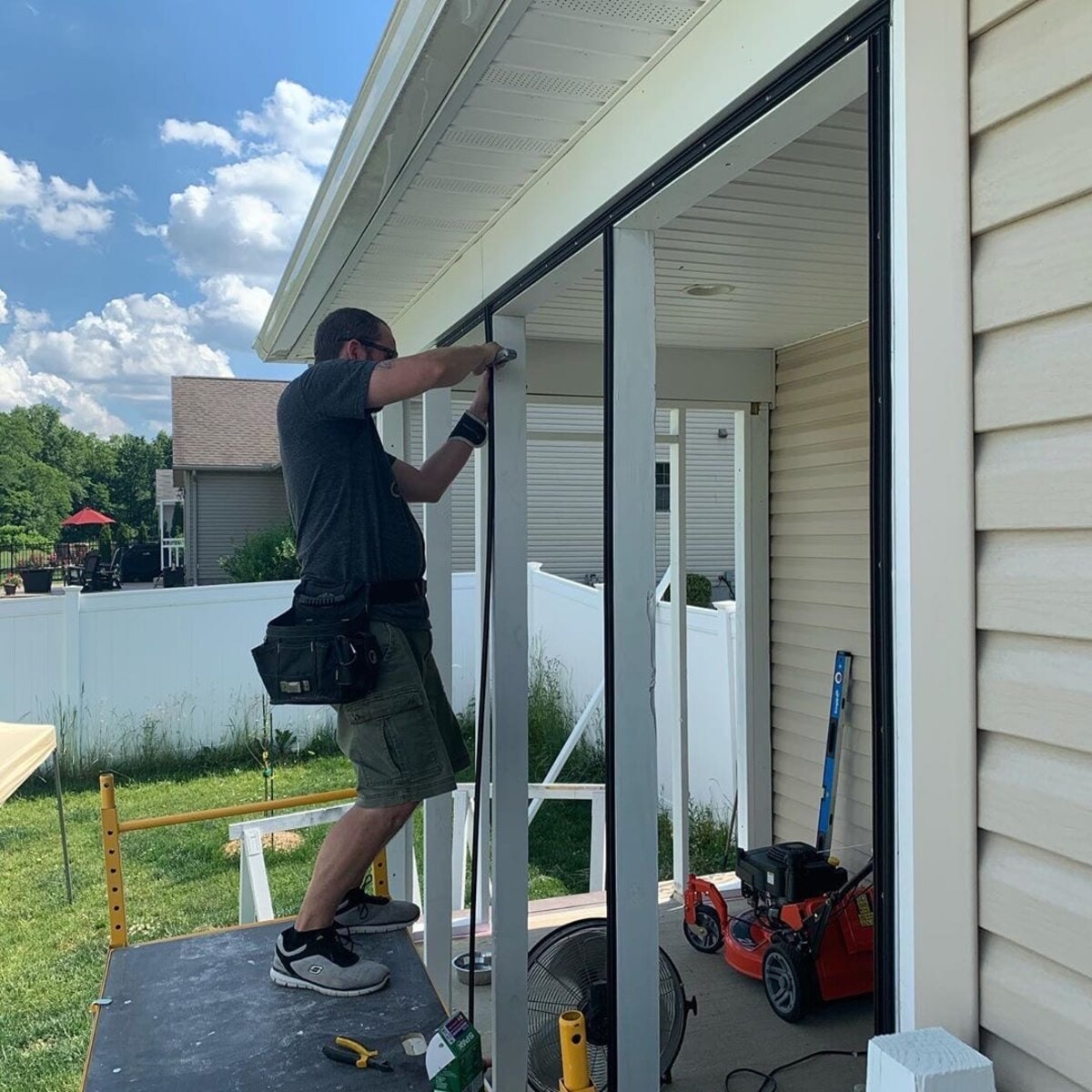
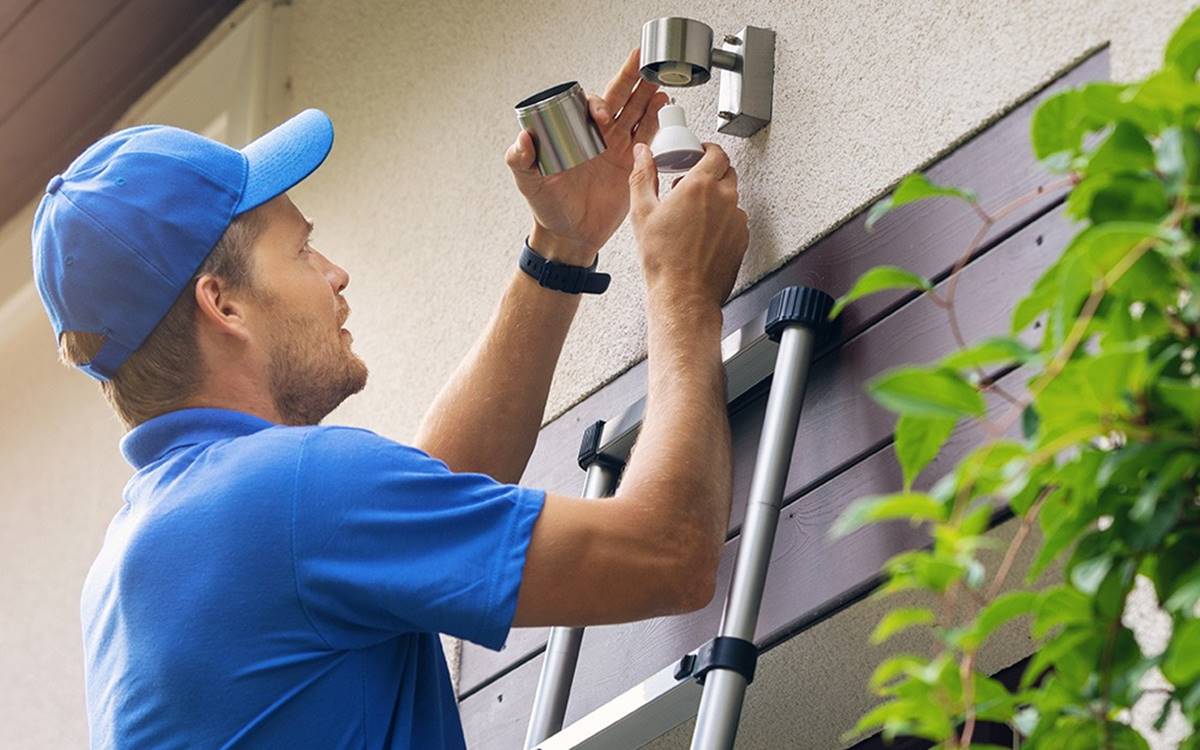
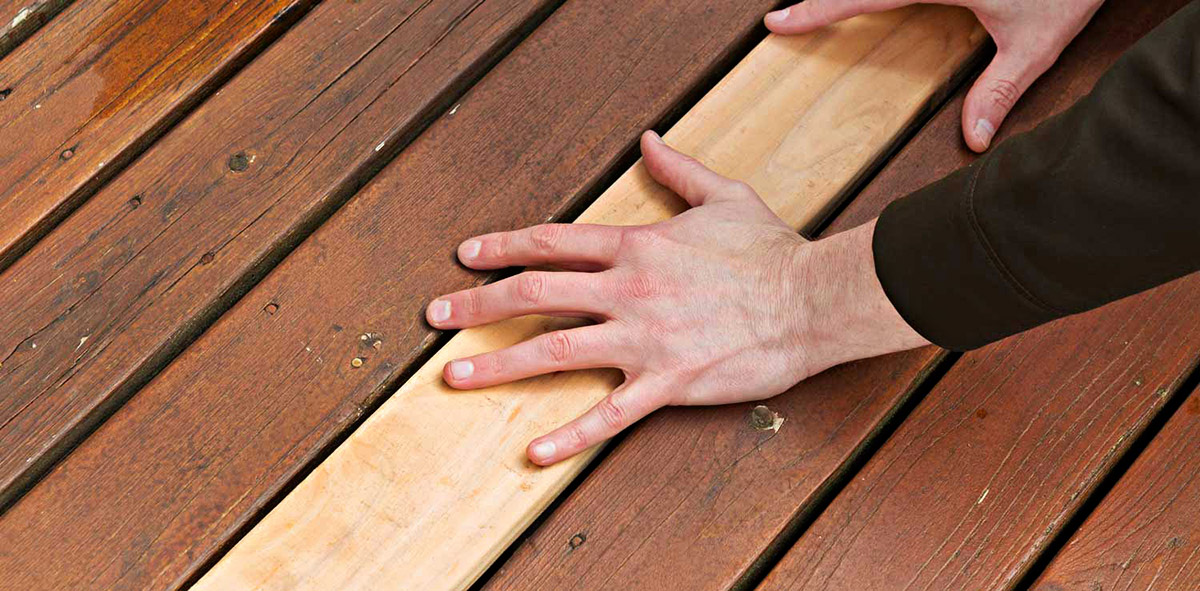
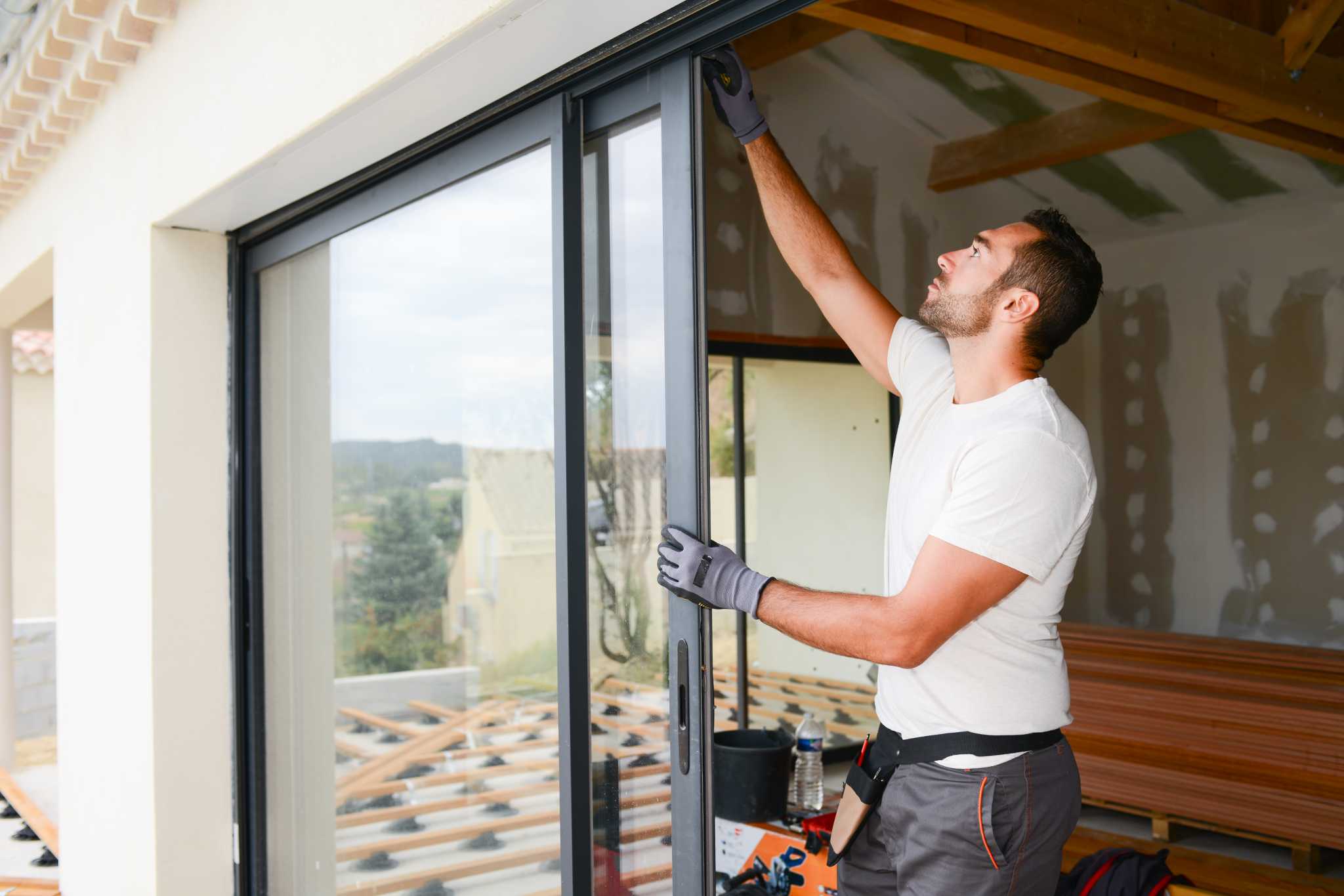

0 thoughts on “How Often To Replace Artificial Grass”